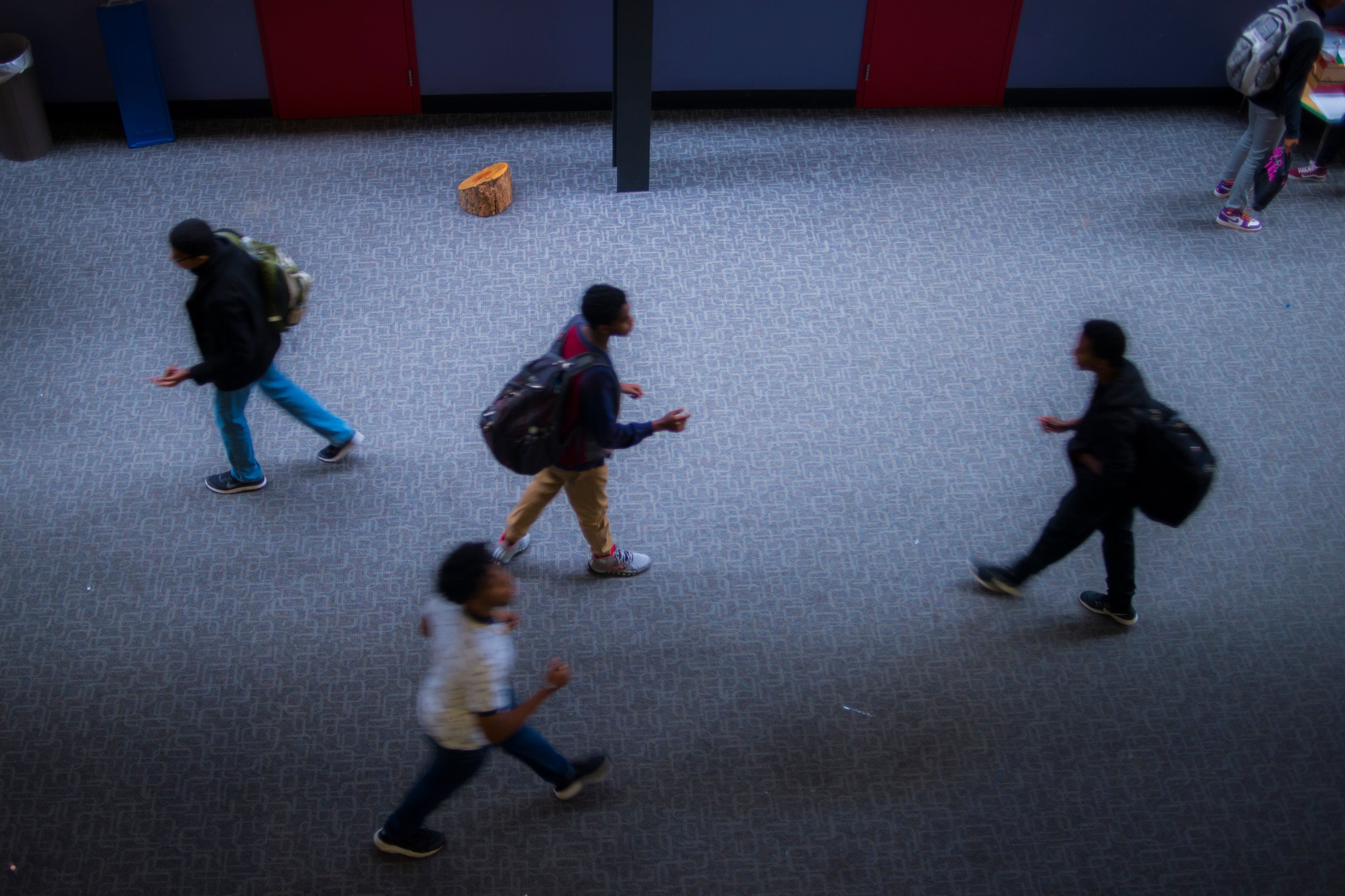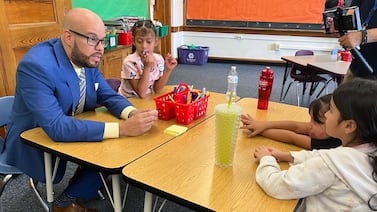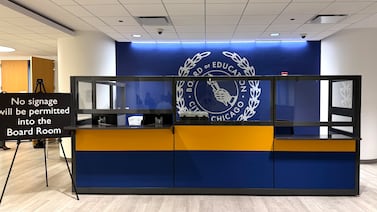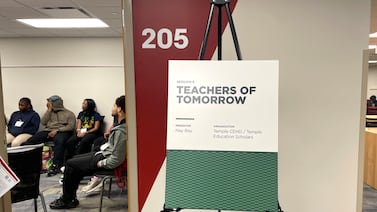As Colorado students start the school year using various learning models — online, hybrid, and in-person — the state still requires school districts to take attendance and offer a minimum number of instructional hours.
That’s a change from the spring, when buildings closed on short notice and the state waived many rules.
The Colorado Department of Education is giving districts some flexibility in how it meets those requirements. That should make it easier for school districts to count students next month in order to claim state funding. It’s also an important measure of how engaged students are with learning.
State officials want to balance holding districts accountable for educating students and acknowledging that this school year isn’t exactly normal. Not all children have reliable internet access or adults at home who can keep them on track through the school day, but they may be doing school work at other times. Some advocates worry that so much flexibility means less oversight over students getting a quality education.
Colorado is not alone in handing districts a lot of the authority in this area. A review published by the Center on Reinventing Public Education showed that most states have not created new requirements around attendance for remote instruction.
“While states are not waiving instructional requirements outright, they are not being clear about how schools should grade students’ work, monitor attendance, or assess graduation requirements,” the center states.
Here’s what you need to know about how Colorado is tracking attendance this year:
Here are the rules.
Colorado districts must take daily attendance but don’t need to report regularly to the state. Instead, every spring districts report how many absences there were in the previous year, and how many students were chronically absent or truant. Some of the data can be used as a factor for discussions about low performing schools.
This year, the state is giving districts flexibility in taking attendance. Districts may count whether students log into a platform, submit work, or participate in live video lessons.
And because Colorado allows school districts local control, each district may track attendance in different ways.
The state also requires schools to provide a minimum number of hours of instructional time. To meet this requirement, a school or district must provide schedules of classes offered and school bell times — but not that each student participated in all of the hours.
Each year districts must schedule 160 student days. The number of hours varies by grade. It ranges from 450 hours for a part-time kindergarten student, to 1,080 hours for secondary students.
Although the state hasn’t reduced its required number of hours, it is making allowances for students learning from home. For instance, district leaders need to estimate how long independent work is expected to take when students are not working live with a teacher.
The state waived both requirements when schools shut their buildings down last spring, but now officials said that school districts have had more time to plan.
“I think districts learned a lot,” said Jennifer Okes, chief operating officer for the Colorado Department of Education. “We felt like, not that it wouldn’t be a challenge, but that districts would be in a much better place.”
This flexibility also will allow schools to conduct their annual student count even if some or all of the students are learning from home. That Oct. 1 count will determine funding for each school and district.
Some districts that started the school year with remote learning, including Denver and Aurora, will still be in remote learning on Oct. 1.
Although officials stress that students are present on Oct 1 for the count, the state always allows districts to count students if they have been present before that date and are present again within 30 days.
There are a lot of different ways districts can track attendance.
Colorado’s local control model means districts have always had flexibility in adopting attendance policies. The new flexibility in how they take attendance recognizes the many ways students are learning this year.
In Denver, the school district released attendance data for the start of the school year this week. The district counts students as present on any given day when they log in to a live video lesson, although some students with “extenuating circumstances” may be counted as present if they contact their teacher or turn in an assignment. While attendance is lower than it was last fall, the district also found that slightly more children were logging on to the district’s online learning platforms than were attending video lessons.
Aurora’s temporary attendance policy allows teachers to count a student as present in many ways. Some examples are if they communicated with teachers, participated in Google Classroom activities, or attended or viewed online meetings.
Not everyone thinks flexibility is a good thing.
Advocates are worried that too much flexibility will mean students who aren’t engaged could fall through the cracks and that attendance won’t be meaningful.
The state’s education website states that the reason to track the students who are consistently not attending is to catch any problems early.
“It is one of the earliest indicators of students needing help and if not addressed effectively, can result in a student eventually dropping out of school,” the state’s website states.
The advocacy group Transform Education Now tweeted recently: “Report from a parent at a district-run school yesterday: ‘my son is counted as present if they text their teacher.’ Is this what it means to be receiving a public education right now? A daily text? What are our standards?”
And in a recent letter to Gov. Jared Polis and Education Commissioner Katy Anthes, the Colorado Children’s Campaign and several dozen other groups said the state needs to set clearer expectations around remote learning. That includes attendance policies, said Leslie Colwell, vice president for K-12 policy for the organization. Without uniform attendance policies, it’s harder to know which students need extra support and attention.
“We would like to see the departments seize the authority that they have to do more,” she said. “We need universal expectations and requirements to keep kids and families safe. We don’t have baseline expectations for what quality remote learning looks like. We won’t have transparent information about how districts are managing these challenges.”
Although the way districts take attendance will vary, Okes of the department of education said the data will still be valuable.
“It’s a good gauge,” Okes said. “I think it will still give us good information.”
Okes said the state department is considering the public’s concerns about the quality of remote learning.
“We are looking at what’s the appropriate role for us in terms of tracking or monitoring engagement and participation in these unprecedented times,” Okes said.
For now, she said, the state can look at the quality of student learning through other data. Colorado put test scores and state ratings on hold last year, but still tracks graduation rates, and will likely resume testing.
And students who aren’t engaging in any of the many possible ways with their classes will still show up in the data that districts will report to the state in the spring.
Erica Meltzer contributed to this report.






